Can rattlesnakes really climb trees in California? Swim? Here’s what experts say
You’re enjoying the evening breeze in your California backyard when you notice something dark and scaly slithering up a tree branch,
Startled, you take a second look — and catch a glimpse of an arrow-shaped head with a flickering tongue.
Could that really be a rattlesnake?
“This is normal behavior,” said Rattlesnake Solutions, an Arizona-based pest management service. “Rattlesnakes can and do climb trees.”
Although you’re not always going to spot them, the diamond-patterned reptiles can scale rocks, trees and walls.
They swim too, according to the University of California’s Statewide Integrated Pest Management Program.
Here’s what you need to know.
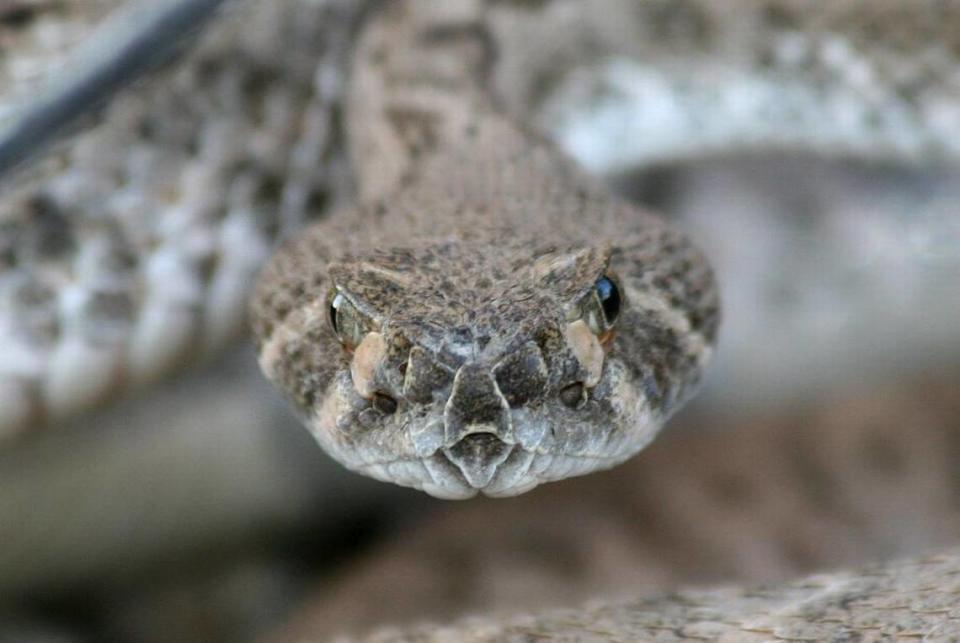
Can rattlesnakes climb trees? Walls?
“Rattlesnakes can climb trees but they’re not the best at it,” Michael Starkey, founder and executive director of Save the Snakes, said with a laugh.
His Sacramento-based nonprofit organization is dedicated to snake conservation and mitigating human-snake conflicts. It offers venomous snake training and certification in partnership with the Rattlesnake Conservancy.
“Rattlesnakes are most often found on the ground,” Starkey said, around rock crevices, stumps and fallen trees. They also hang out under logs and woodpiles.
He said there are a few reasons that snakes might seek a higher perch — including searching for birds, rodents and other prey.
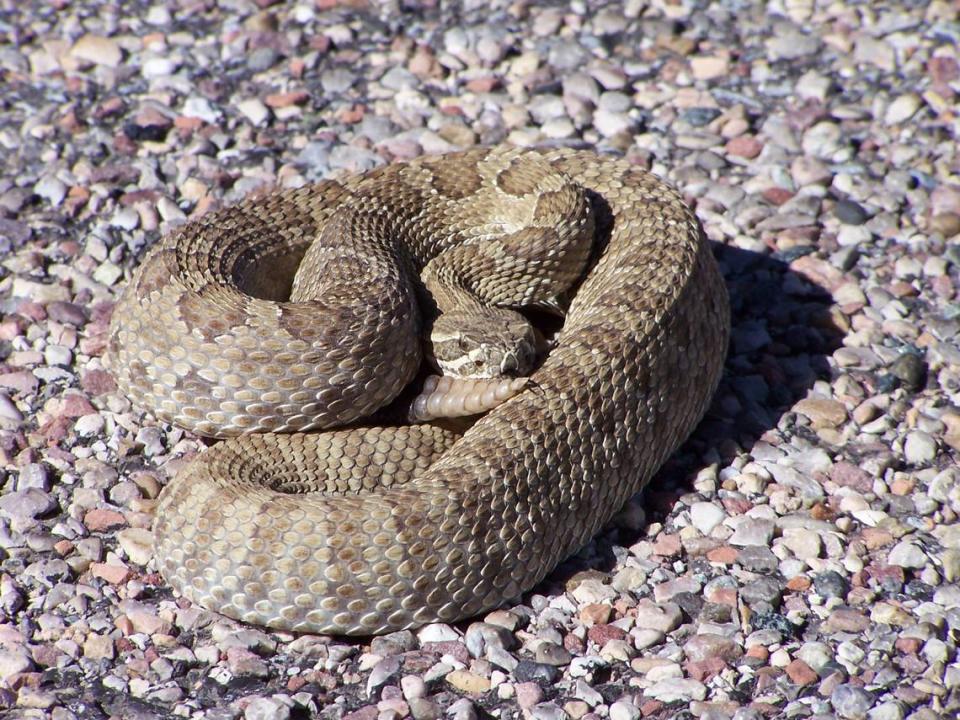
“They might be investigating a food source,” Starkey explained. “They might be escaping a predator. ... They might be flooded out of their burrows.”
“A rattlesnake is going to do everything in its power not to get eaten,” he said, so it will “typically flee into vegetation or into a burrow” to avoid predators. “Rattlesnakes are very much fight or flight. They’ll act in different ways depending on the circumstances.”
Snakes can also shimmy up walls, although they tend to prefer ones with rough surfaces and lots of holes.
“The smoother the wall, the less likely they’ll be able to climb it,” Starkey said.
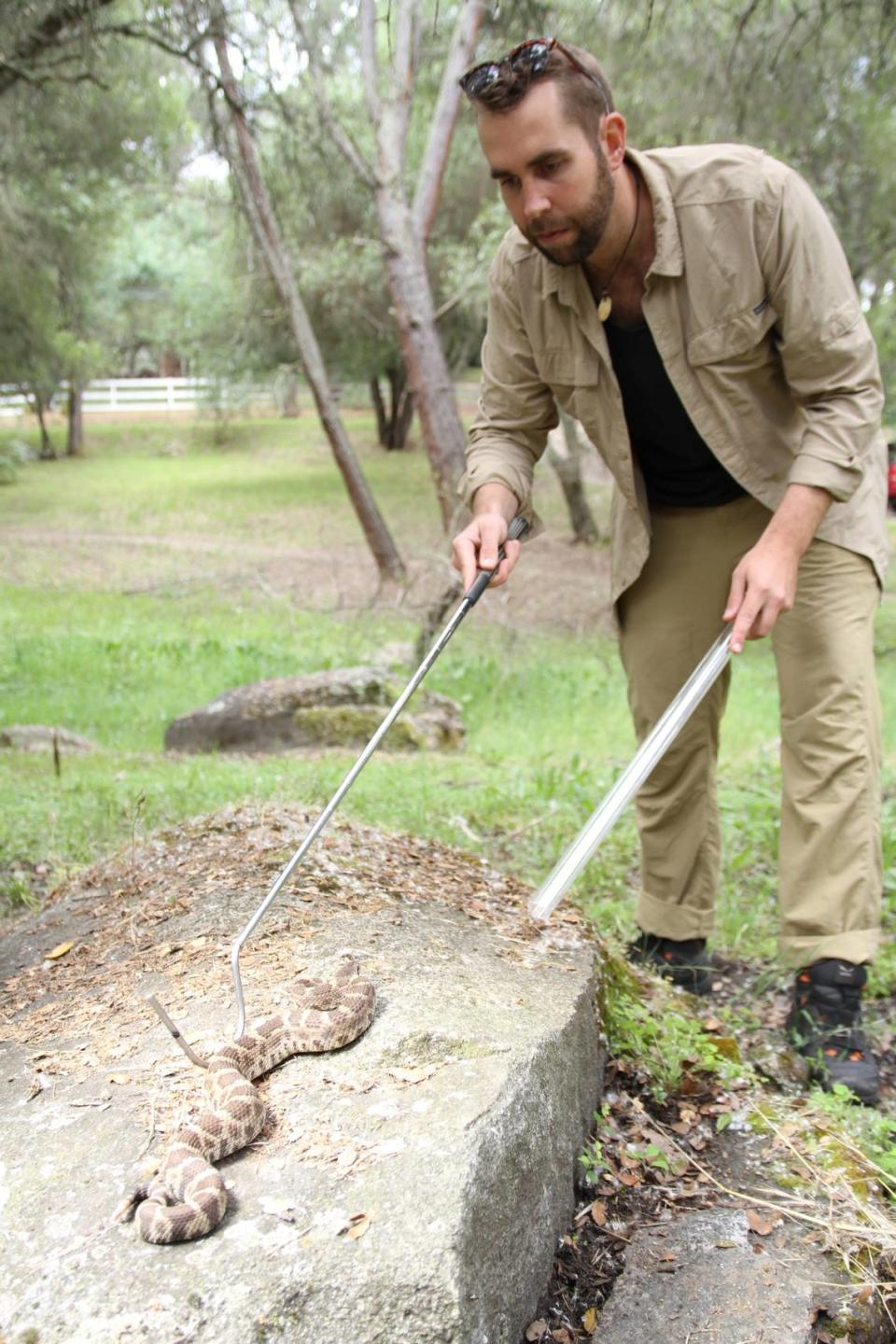
Are rattlesnakes good climbers?
“You would think that having no arms and legs would make snakes poor climbers, but it doesn’t,” Starkey said. “They’re all muscle.”
What’s more, he added, “Their belly scales are adapted to gripping surfaces.”
However, certain species — such as rat snakes and rough green snakes — are better at climbing than others.
Fully grown rattlesnakes are “quite heavy,” Starkey said, “so they’re not generally as good at climbing.”
“Young rattlesnakes are lighter bodied, so (they’re) better at climbing,” he explained. “They’re also exploring a lot more. They’re trying to find a good place to live.”
Can snakes swim?
“Rattlesnakes are excellent swimmers,” the Integrated Pest Management Program said. ““Never grab what appear to be sticks or branches while swimming.”
Certain kinds of rattlesnakes live near water, so you’ll often find them by rivers, lakes or reservoirs.
“A lot of times they get displaced from their burrows underground” by rising waters, San Luis Obispo County Parks Superintendent Brian Wilder told The Tribune in 2023. “They end up swimming to try to find a place to go.”
“If the snake has to get from Point A to Point B, they’ll swim,” Starkey said. “Sometimes it’s just that simple.”
If you see a rattlesnake headed toward your boat or paddleboard, he said, it’s likely looking for “something to climb onto and take a break from swimming.”
Don’t panic if you spot a snake in the water, Wilder said. Just leave it alone.
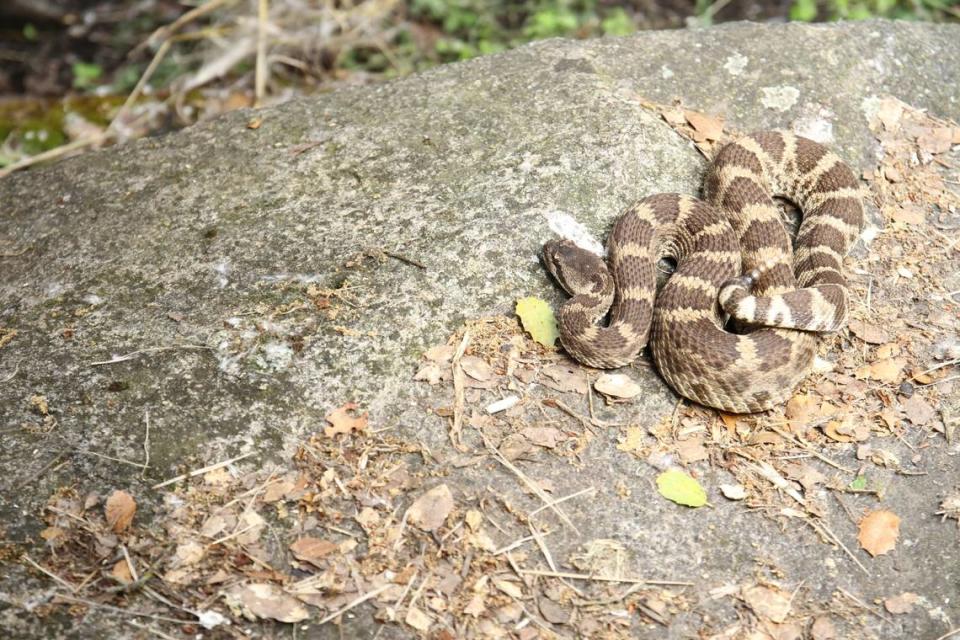
How to identify rattlesnakes
Seven different species of rattlesnake can be found across California.
The most common is the western rattlesnake, which can be found from sea level to elevations of 7,000 feet, according to the California Department of Fish and Wildlife.
Rattlesnakes can be recognized by the distinct sound their rattles make.
The venomous snakes can, however, lose their rattles or simply decide not to use them.
You can also identify rattlers by their gray or light brown exteriors and triangular-shaped heads. They usually range from 2 to 4 feet in length and can camouflage themselves to match their surroundings.
“Snakes are really secretive. ... They don’t want to encounter people,” Starkey said. “They like to climb along walls or around corners because going out into open yards will expose them to predators.”
How to avoid rattlers
“Rattlesnakes aren’t aggressive to humans unless threatened or frightened,” Stephen Nett, a Bodega Bay-based naturalist, wrote on Sonoma County Regional Parks’ blog.
The snakes are typically shy around bigger animals.
They will rattle if they sense prey and try to escape — and you should let them get away.
A rattlesnake can strike as far as two-thirds of its body length, according to Sonoma County Regional Parks.
If you encounter one, stay at least 10 steps away.
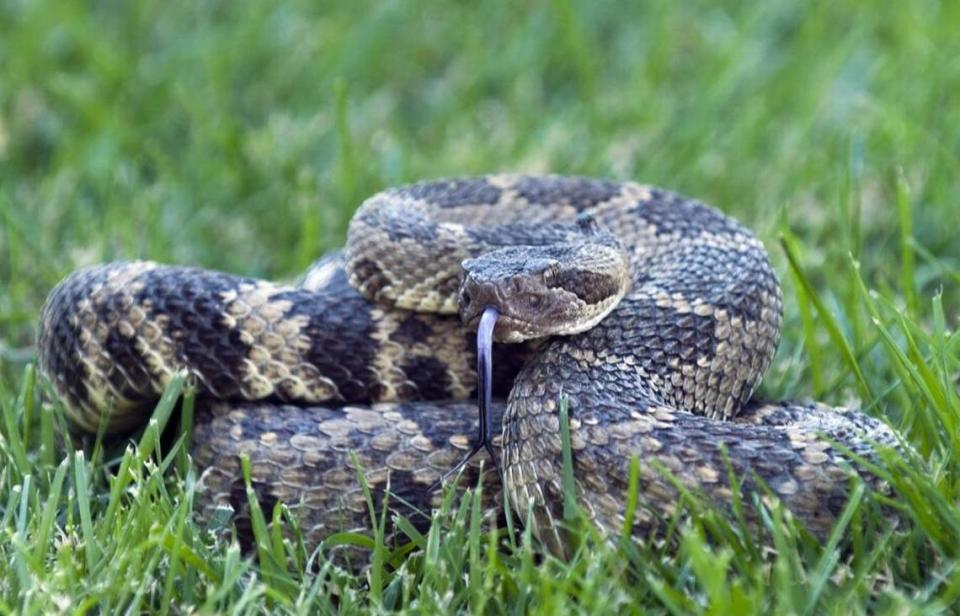
How to keep snakes out of your backyard
Snakes often come into your yard or garden in search of water, food or shelter.
Although rattlesnakes are normally active during the morning and evening in the spring and fall, they can be active at night during the hotter summer months, according to Starkey.
Starkey recommends “removing sprinkler heads that are leaking” and securing any air conditioning units or pet water bowls that can act as water sources for snakes.
You should also remove potential food sources such as bird feeders and avoid feeding your pets outside, Starkey said.
Rattlesnakes will be on the lookout for shady spots close to the ground.
In addition to hiding under buildings, wooden boards and vegetation, snakes might seek refuge beneath children’s toys or play structures.
“Even a flipped-over (toy) dump truck can be a perfect place for a snake to take a break while it’s out exploring,” he said.
“We really recommend people keep their properties really neat and managed,” Starkey added.
Does installing a snake-proof fence help?
Installing snake-proof fencing is “the best and more realistic way to keep snakes out of a home,” Starkey said.
A rattlesnake-proof fence usually consists of 3 to 4 feet of hard mesh wire material, he explained, usually attached to a preexisting wood, metal or vinyl fence.
About 6 to 12 inches of the mesh material should buried underground to prevent snakes from burrowing under the barrier, Starkey said.
If you install a snake-proof fence, “Be sure to make gates tight fitting and keep vegetation and debris from collecting around the fence,” the Integrated Pest Management Program said. “Snakes can climb accumulated vegetation and gain access to the top of the fence.”
What do you want to know about life in Sacramento? Ask our service journalism team your top-of-mind questions in the module below or email servicejournalists@sacbee.com.

